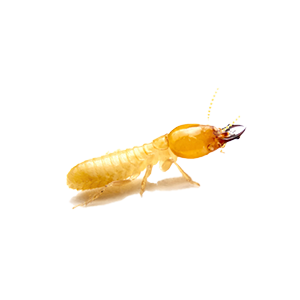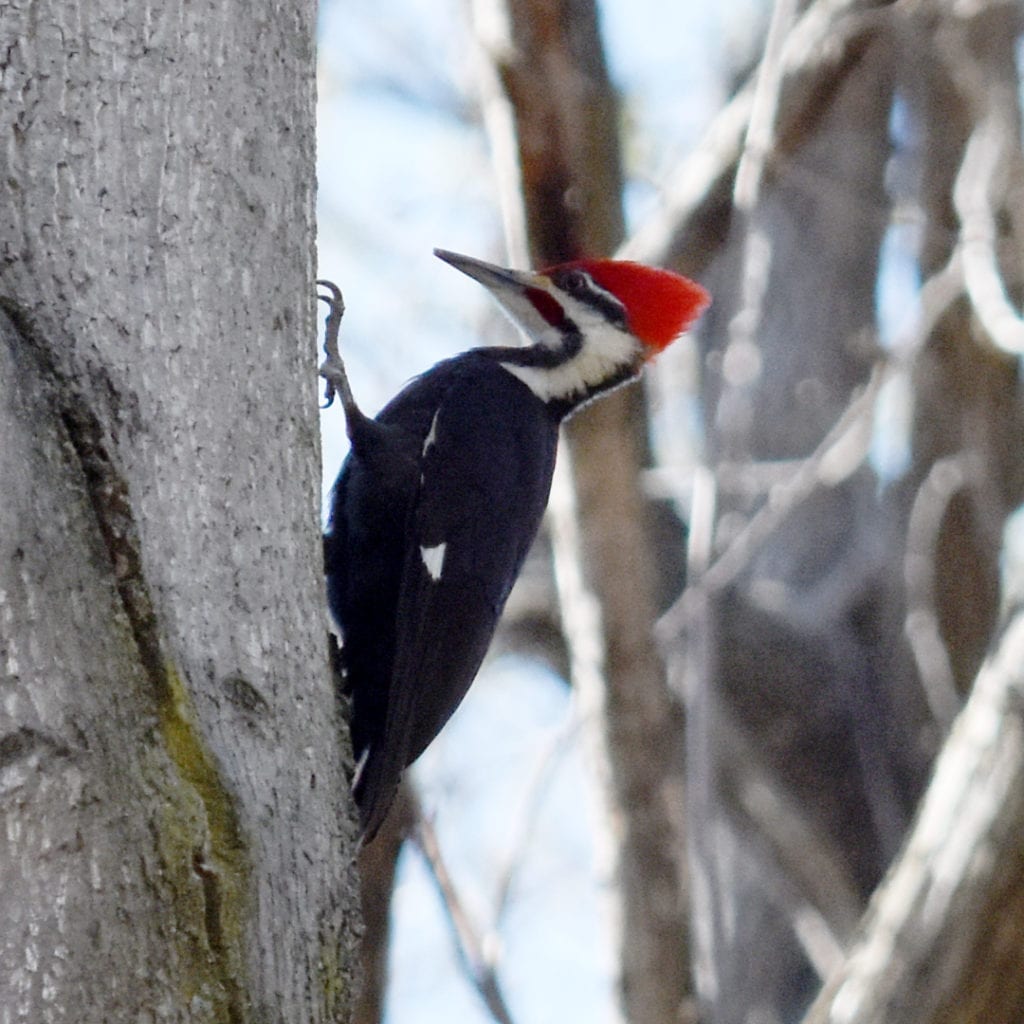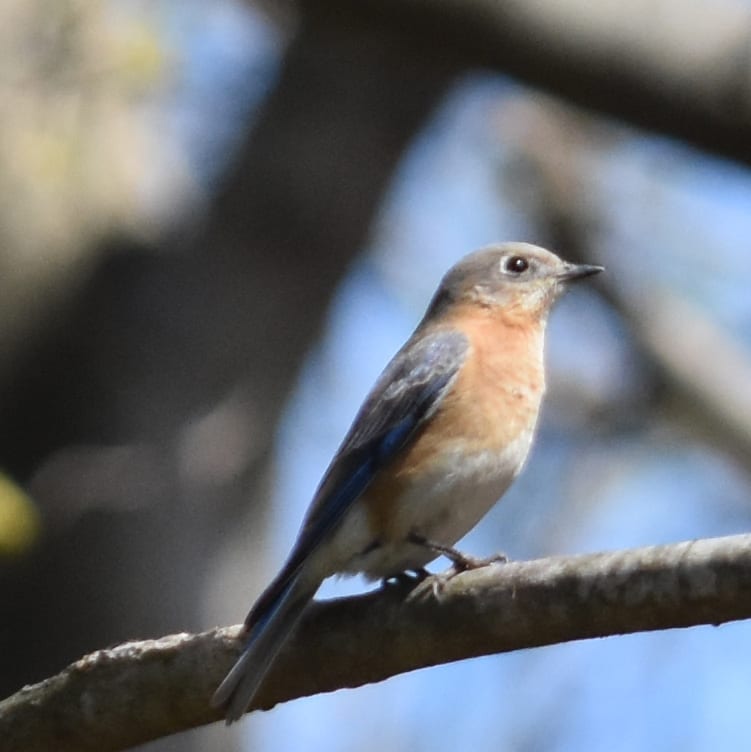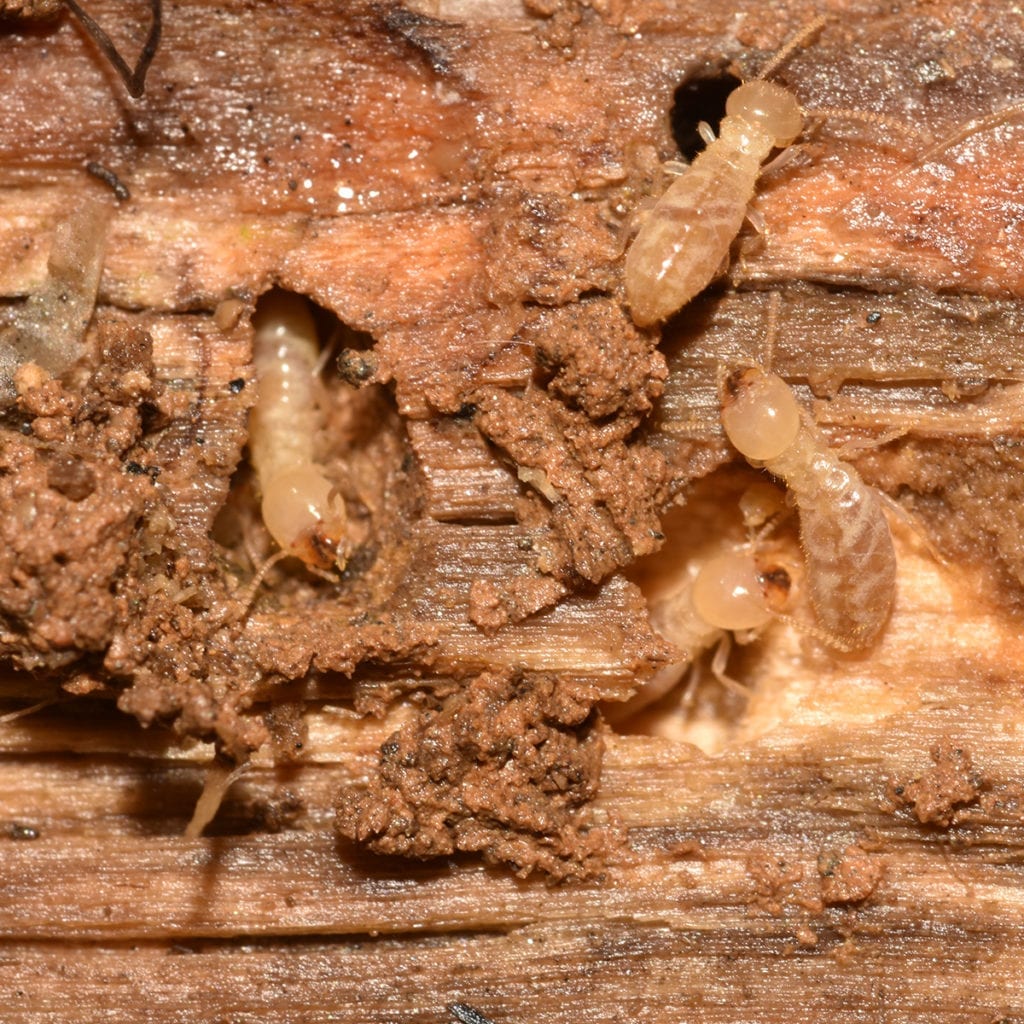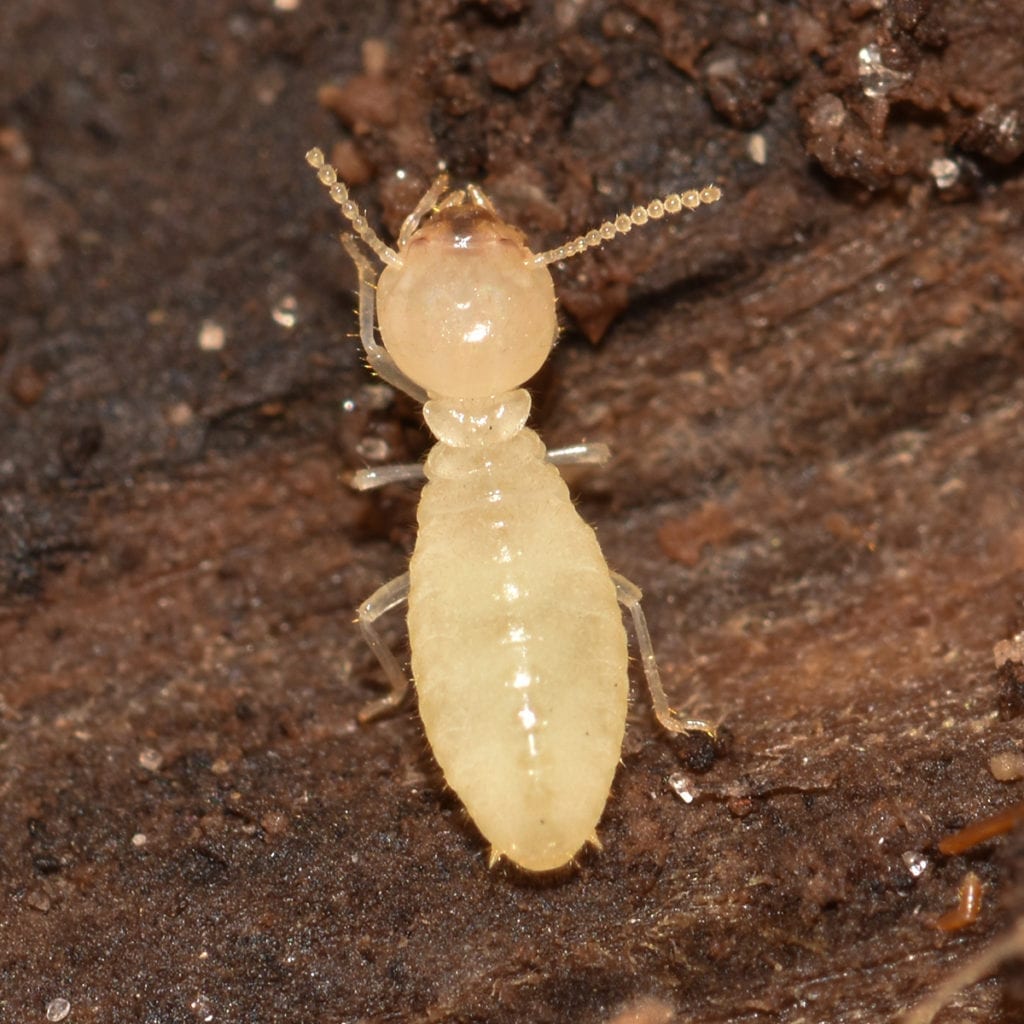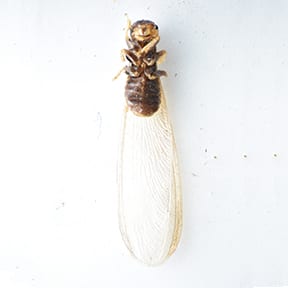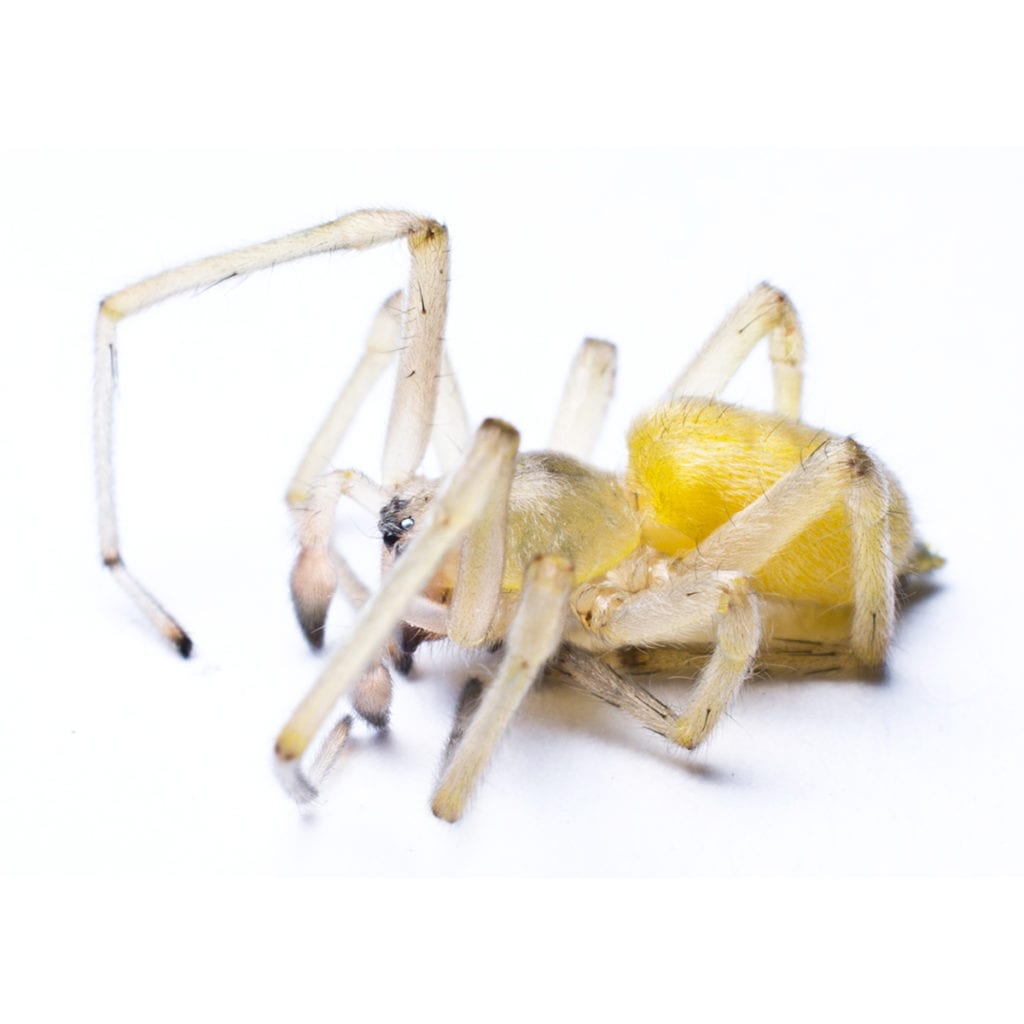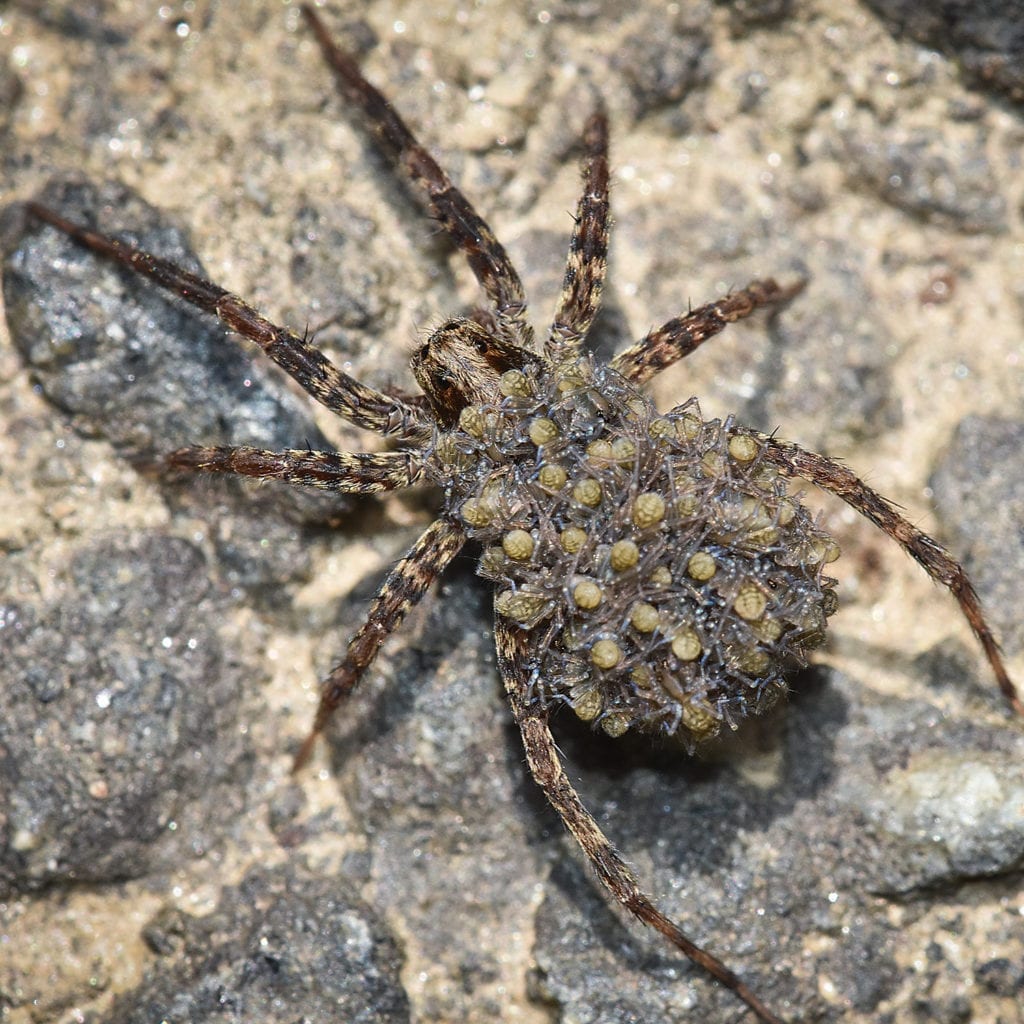Black Widow
The name for these venomous arachnids comes from the female’s tendency to eat the male after mating. They are widely feared as the most venomous spider in North America, as their bite is known to be 15 times more venomous than a rattlesnake bite. Death from a Black Widow Spider bite is very rare. However,…
Read MorePileated Woodpecker
We all know the familiar sound of the woodpecker as it goes about its day, hammering into dead wood, looking for something to eat. The Pileated Woodpecker is a natural predator of carpenter termites and is a good addition to your yard if you want to keep such pests at bay. Additionally, the cavities this…
Read MoreBluebird
The Bluebird is a member of the thrush family and is a native of North America. Its back is blue, and its neck and chest are red. Like the Cardinal, the coloring on the male bluebird is brighter, to draw attention away from the female. These territorial birds provide a great natural pest control for…
Read MoreSubterranean
These termites are one of the most destructive, causing 95 percent of all termite-oriented damage in North America. These pests live in the earth under and around your home. They can enter a household through the wood that is touching the ground or by making their own passageways. Their paths usually consist of mud tubes…
Read MoreFormosan
Formosan termites are regarded as the most aggressive type of termite, chewing through all types of wood and paper structures and objects. They even carry the nickname, “super termites.” Keep an eye out for the discarded wings of swarmers around window sills and light fixtures. Also, their tunneling through wood will cause it to make…
Read MoreEastern Subterranean
The Eastern Subterranean termite is the most widely spread type of termite in North America. These pests will generally swarm during springtime and consume the inner, softer parts of trees and wooden structures, leaving a weak shell behind. Because of this, Eastern Subterranean termites can be hard to detect and very destructive without careful detection…
Read MoreConehead
The Conehead termite is unique from other termites, since they forage above ground instead of tunneling. Although, they still build dark brown tubes and nests in wooden objects like trees and buildings. Their nests can be as large as 3 feet across, and they tend to spread quickly. Conehead termites are aggressive and can cause…
Read MoreAlate
Alates are a caste of termites. There are workers, soldiers, and alates. Alates—also called swarmers—are winged termites. They are reproductive termites that make use of their wings to explore new areas to start new colonies. One sign of a termite infestation is finding the discarded wings of alates on window sills and near light fixtures.
Read MoreYellow Sac Spider
A nocturnal hunter, the Yellow Sac spider rests in a sac during the day. This spider is a particularly hazardous pest due to its tendency to bite humans. Yellow Sac spiders account for the majority of spider bites in humans. These bites are not particularly dangerous, but they do produce large, red sores followed by…
Read MoreWolf Spider
Ever see a massive spider and assume it was a tarantula? There is a substantial chance that it was actually a wolf spider. Wolf spiders are often mistaken for tarantulas due to their large, hairy bodies. Despite their intimidating presence, these arachnids come in handy when dealing with other pests. Naturally a hunter, the wolf…
Read More





